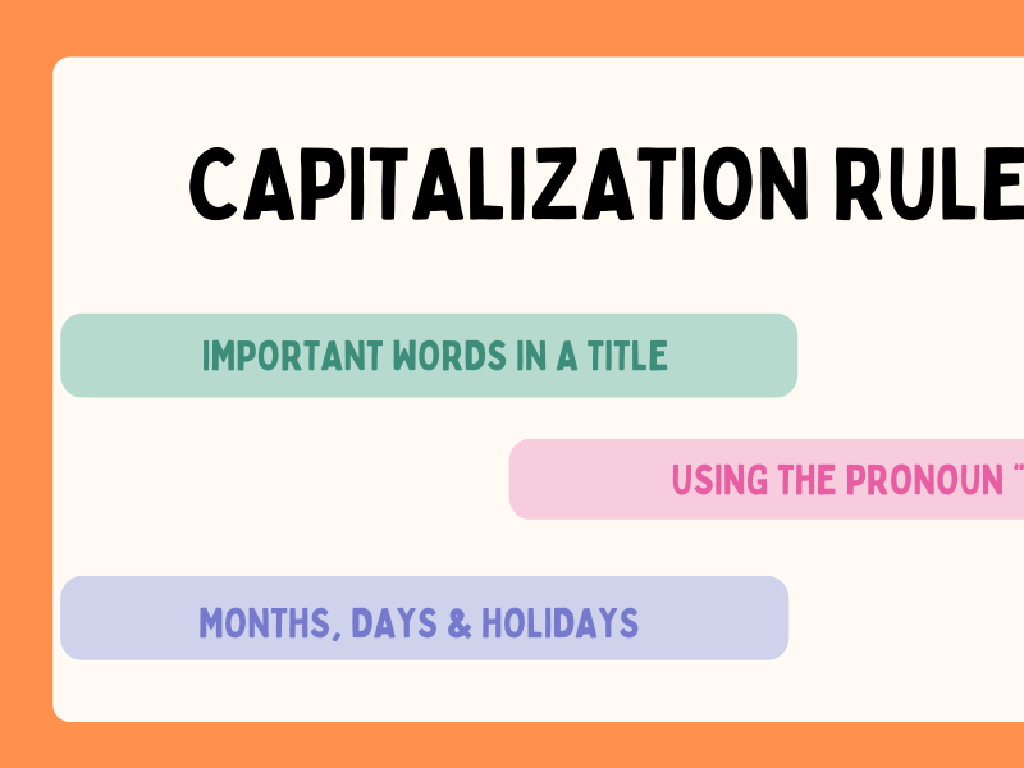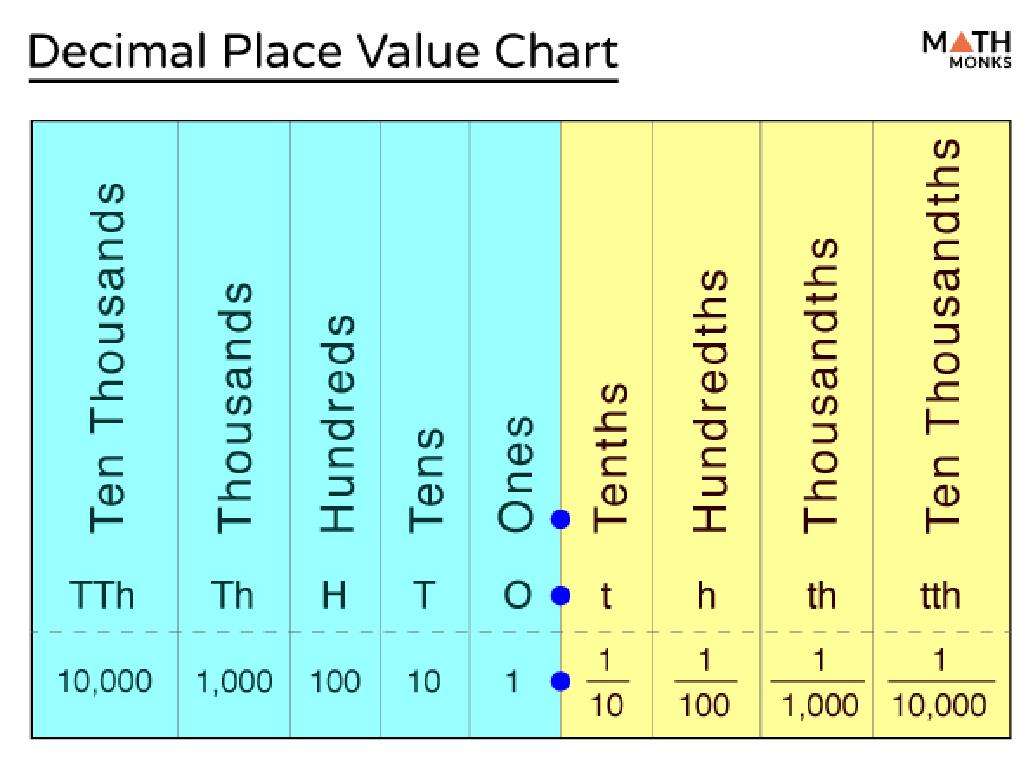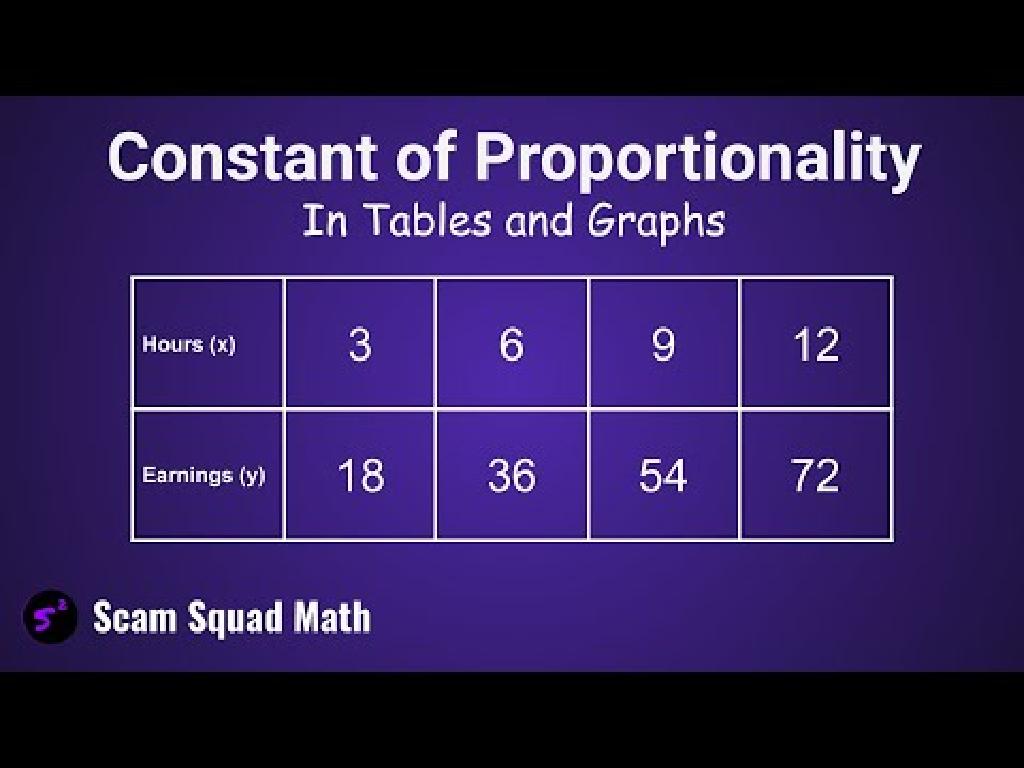Identify Magnets That Attract Or Repel
Subject: Science
Grade: Third grade
Topic: Magnets
Please LOG IN to download the presentation. Access is available to registered users only.
View More Content
Welcome to the World of Magnets!
– Discover what magnets are
– Magnets are objects that can pull certain metals towards them
– Explore magnets in everyday life
– Fridge magnets hold notes, earbuds have magnets for sound
– Learn how magnets attract or repel
– Like poles repel, opposite poles attract each other
– Conduct a magnet investigation
– We’ll use magnets to see attraction and repulsion in action
|
Begin the class with an introduction to magnets, explaining that they are materials that can attract or repel certain metal objects. Highlight everyday uses of magnets, such as holding notes on a refrigerator or in speakers for producing sound. Discuss the basic principle that like poles of magnets repel each other while opposite poles attract. Engage the students in a hands-on activity where they can experiment with magnets to observe attraction and repulsion, fostering a practical understanding of the concepts. Encourage them to bring objects from home to test if they are magnetic.
What Makes a Magnet?
– Magnets have north and south poles
– Every magnet has two ends: one north pole and one south pole.
– Opposite poles attract each other
– North pole of one magnet pulls south pole of another magnet close.
– Like poles repel each other
– Two north poles or two south poles push away from each other.
– Magnetic forces are invisible
– We can’t see magnetic forces, but they can move things without touching!
|
This slide introduces the basic properties of magnets, which are essential for understanding how they work. Emphasize that every magnet, no matter the shape or size, has a north and a south pole. Use examples like playing with two bar magnets to show attraction and repulsion. Explain that magnetic forces, although invisible, are what cause magnets to either stick together or push apart. A good activity would be to have students use magnets to feel the force without seeing it, such as moving a paperclip without touching it, only using the magnet’s force through a table or air.
Types of Magnets
– Permanent magnets: always magnetic
– Like fridge magnets, they never lose their power
– Temporary magnets: sometimes magnetic
– Like paperclips, they become magnetic near other magnets
– Electromagnets: powered by electricity
– Used in junkyards to pick up cars, can be turned on and off
|
This slide introduces students to the different types of magnets and their unique properties. Permanent magnets, such as those on a refrigerator, retain their magnetic properties indefinitely. Temporary magnets, like paperclips, exhibit magnetic properties only when in the presence of a magnetic field. Electromagnets are a versatile type of magnet that can be switched on and off with electricity and are commonly used in machines like cranes in junkyards. Encourage students to think of examples from their daily lives and discuss how these magnets are used. This will help them understand the practical applications of each type of magnet.
Exploring Magnetic Materials
– Not all objects are magnetic
– Iron, nickel, and cobalt attract magnets
– These are called ferromagnetic materials
– Classroom magnetic hunt activity
– Find and list objects that stick to magnets
|
This slide introduces students to the concept that not all materials are magnetic, focusing on the ones that are typically attracted to magnets, such as iron, nickel, and cobalt. The classroom activity involves students exploring their surroundings to find objects that are magnetic, which helps them apply their knowledge practically. For the activity, provide a variety of objects for students to test with magnets, including paper clips, coins, rubber bands, and pencils. Encourage them to predict whether an object will be magnetic before testing. This hands-on experience reinforces the concept of magnetic materials and engages students in active learning.
Exploring Magnetism: Experiment Time!
– Conduct a magnetism experiment
– We’ll see how magnets work with various objects
– Predict magnet interactions
– Guess which objects will stick to the magnet
– Observe and record outcomes
– Write down or draw the results of the experiment
– Discuss findings in class
– Be ready to talk about what you learned
|
This slide introduces an interactive class activity focused on magnetism. Students will engage in a hands-on experiment to observe the effects of a magnet on different objects. Encourage them to make predictions about which objects will be attracted to the magnet and which will not. Provide a variety of materials for them to test, such as paper clips, coins, plastic toys, and wood pieces. After the experiment, students should record their observations, noting which objects were attracted or repelled by the magnet. This activity will help them understand the concept of magnetism through direct experience. In the next class, facilitate a discussion where students can share their findings and reflect on their predictions versus the actual results.
Exploring Magnetic Fields
– Magnets have invisible fields
– Magnetic fields are strongest at the poles
– North and South Poles: where magnets pull the strongest
– Iron filings reveal magnetic fields
– Sprinkle iron filings around a magnet to visualize the field lines
– Magnetic fields enable attraction and repulsion
– Opposite poles attract, like poles repel each other
|
This slide introduces the concept of magnetic fields to third-grade students. Begin by explaining that every magnet is surrounded by a magnetic field, which, although invisible, can exert forces on certain materials. Highlight that the magnetic field is strongest at the ends of the magnet, known as the North and South Poles. Demonstrate the shape of the magnetic field by using iron filings, which align along the field lines when sprinkled around a magnet. Discuss how the magnetic field is responsible for the attraction and repulsion between magnets, with opposite poles attracting and like poles repelling. Encourage students to think about how magnets work in everyday objects and to predict what might happen if two magnets are placed near each other.
Class Activity: Magnetic Hunt
– Be a scientist for the day!
– Explore with magnets in class
– Use your magnet to test different objects
– Pair up and investigate
– Share the task with your partner
– Record your magnetic findings
– Write down or draw what you find
|
In this engaging class activity, students will explore the concept of magnetism hands-on. Provide each pair of students with a magnet and a worksheet to record their findings. Encourage them to test various objects in the classroom to determine if they are magnetic. Objects to include could be paper clips, coins, rubber bands, plastic toys, and metal rulers. As they work, circulate the room to assist and ask probing questions to deepen their understanding. After the activity, gather the class and discuss the results. This will help students learn which materials are magnetic and understand the practical applications of magnetism. For students who finish early, challenge them to predict and test whether objects outside the classroom are magnetic.
Magnets: What We Learned Today
– Recap on magnet properties
– Magnets have north and south poles and can attract or repel each other.
– Importance of magnets
– Magnets are used in many devices, like fridges, compasses, and credit card strips.
– Magnets in various jobs
– Jobs like recycling plant workers and MRI technicians use magnets.
– Reflect on today’s lessons
|
As we conclude today’s lesson, we’ll recap the key properties of magnets, including their ability to attract certain metals and the existence of north and south poles which determine whether they will attract or repel each other. Emphasize the importance of magnets in everyday life and in various technologies we use. Discuss how magnets are essential in different jobs, giving examples such as recycling plant workers who separate metals, and MRI technicians who operate machines using powerful magnets to create images of the inside of the body. Encourage students to think about what they’ve learned and how it connects to the world around them. Ask them to share any thoughts or questions they might have about magnets.
Homework Challenge: Magnetic Hunt
– Find 3 magnetic objects at home
– Draw each object you find
– Think about why they’re magnetic
– Consider what materials they’re made of
– Get ready to discuss in class
|
This homework activity is designed to engage students with the practical aspect of magnetism in their everyday environment. Encourage them to explore different rooms and test various objects with a magnet. Remind them to be safe and ask for help if needed. The drawing task will help them remember their chosen objects and provide a visual aid during the class discussion. Instruct them to think about the properties that make an object magnetic, such as being made of iron, nickel, or cobalt. During the next class, facilitate a discussion where students can share their findings and reflect on the common characteristics of magnetic materials. This will reinforce their understanding of magnetism and its applications.






